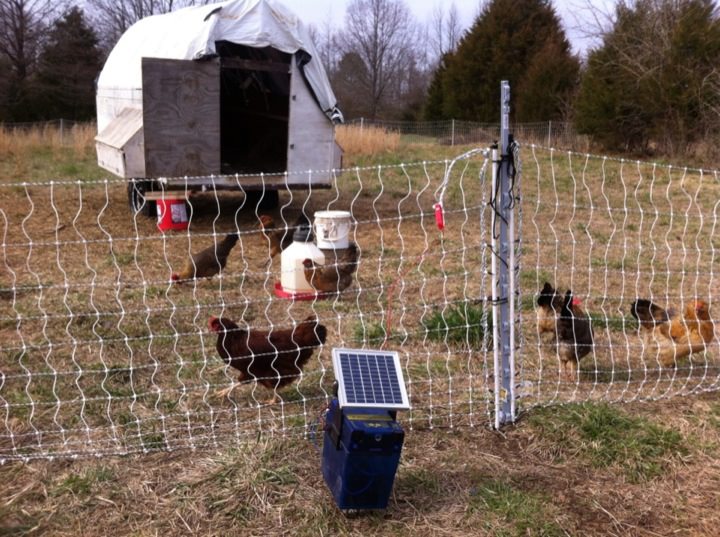A few weeks ago our new baby chickens arrived. I thought back to last year when our first babies came and chaos ensued for the next five weeks as those tiny fluffy creatures exerted total control over our lives. Was that only 12 month ago? A harrowing experience, it made for some funny stories. Ah, what a relief to have that all in our past.
I shouldn’t have been so smug. The springtime chaos of chickens was about to begin. It started one morning when I opened the coop to find all the eggs laid the day before cracked open and eaten, eggshells strewn around the coop. Surely a predator wasn’t coming in through that tiny hole in the billboard tarp forming the roof of the coop. Some of the hens must have learned to crack the eggs open, exposing the tasty insides for all to eat. It seems repulsive to our human sensibilities, but it does happen.
I resolved to be diligent in collecting the eggs in the evening, and for several days this worked. Then one morning I opened the coop to find a dead guinea, mauled and lying on the floor of the chicken coop. Apparently, a crafty and nimble raccoon, or perhaps an opossum, had been climbing in through the hole in the roof. Upon finding no eggs inside, it took the next step. I brought chicken wire and duct tape and staples and covered the whole roof of the egg-mobile with chicken wire. The fix worked, and peace followed.
One day a week or two ago, I opened to coop to find that the guineas were just gone. So was Danny, our Danish Leghorn rooster, and about five hens. The chickens are completely free range. No fences at all. We had tried fencing them in with five foot chicken wire, but they hopped over it neatly. Where did they go? They must have gone far; we listened all day but never heard Danny crowing nor the guineas shrieking. There was no sign of a struggle, no tell-tale piles of feathers. We think they went forth peaceably, to start their own feral colonies. Damn hormones of spring.
But that isn’t the end of the story either. On Monday, I was in Memphis late and didn’t close the chicken coop. Big mistake. The next morning I went out to feed the chickens and found just five lonely hens. Piles of feathers lead away from the coop, and their crazy coloring clearly announced their owner, our ugly-beautiful Ameraucana rooster Boss. Nelson, rooster number 3, was up by the house with his harem of four hens, bringing our total to ten birds all together. Just twelve months ago we started with thirty-five chickens and five guineas. That’s not a very good track record. I wandered through the woods, listening and looking fruitlessly for a sign of the missing birds.
The news was mixed on Tuesday evening when I went to close the chicken coop. I had hoped all the missing hens would return. Five had come back after spending the day hiding in the woods, but an equal number had not. Most surprisingly, when I peeked in the coop there was Boss staring back at me from the roost. Just one ragged tail feather remained, but somehow he survived. From the trail of feathers I had thought for sure he was a goner. A bittersweet ending to a traumatic day.
Our final count is fourteen hens and two roosters. Hopefully, most of the four guineas and fifteen or so chickens that have gone missing in the past month are alive and making their way somewhere out in the woods. The remaining chickens are now surrounded by 328 feet of electrified portable fencing charged by a solar panel. A live trap, baited with eggs and peanut butter, has thus far failed to catch our predator. Hopefully this setup with keep chickens in and predators out while giving the chickens access to plenty of pasture and shady trees and brush.
Luckily, a neighbor has agreed to sell us a few laying hens so that was can make good on the eggs promised to our CSA members. This is what we optimistically call a “learning experience”. We have learned that the electric fence is worth the work and the money. We have learned that our rooster Boss is surprisingly resilient. We have learned that the real peril of multiple roosters is not that they will fight, but that they will try to separate and form their own flocks. And we have learned to be ready for spring. Because without fail, everything will go crazy.
